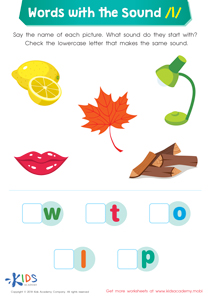Letter recognition Uppercase Letters Worksheets for Ages 5-8
11 filtered results
-
From - To
Welcome to our collection of "Uppercase Letters Worksheets" designed for children aged 5-8! These engaging worksheets are perfect for fostering letter recognition skills, enhancing literacy foundationally. Each activity encourages young learners to identify, trace, and color uppercase letters, making learning both fun and interactive. Our thoughtfully crafted resources cater to different learning styles, ensuring that every child can build confidence in recognizing and using uppercase letters. Ideal for home or classroom use, these worksheets help support early childhood education by combining colorful visuals with hands-on practice. Promote your child's love for letters and set them on the path to reading success today!
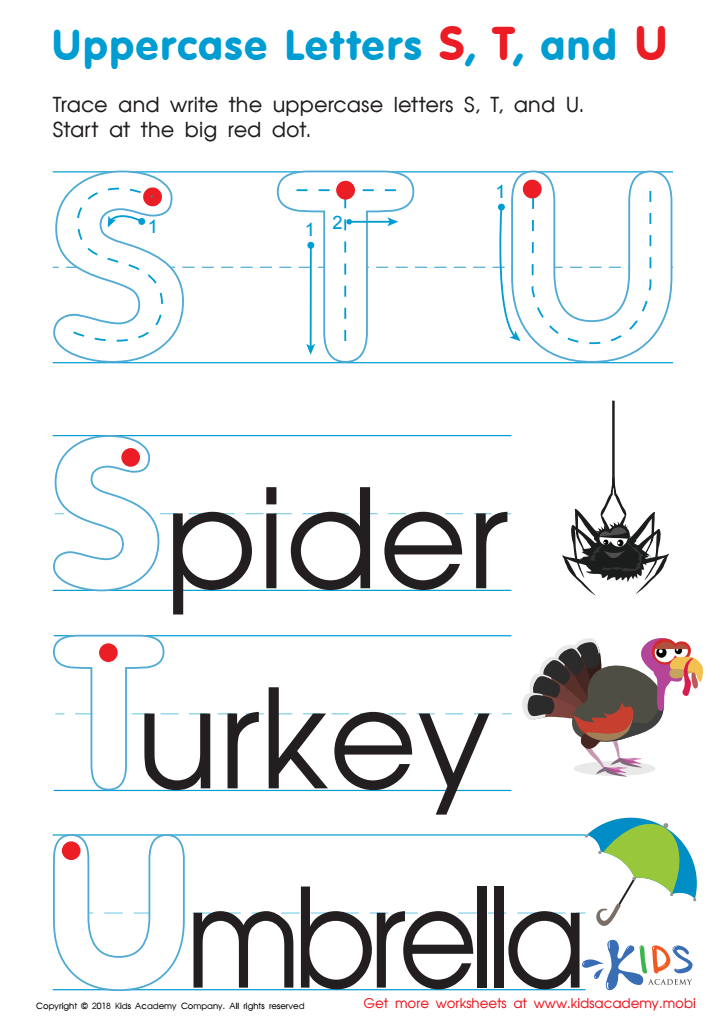

Uppercase Letters S, T, and U Worksheet
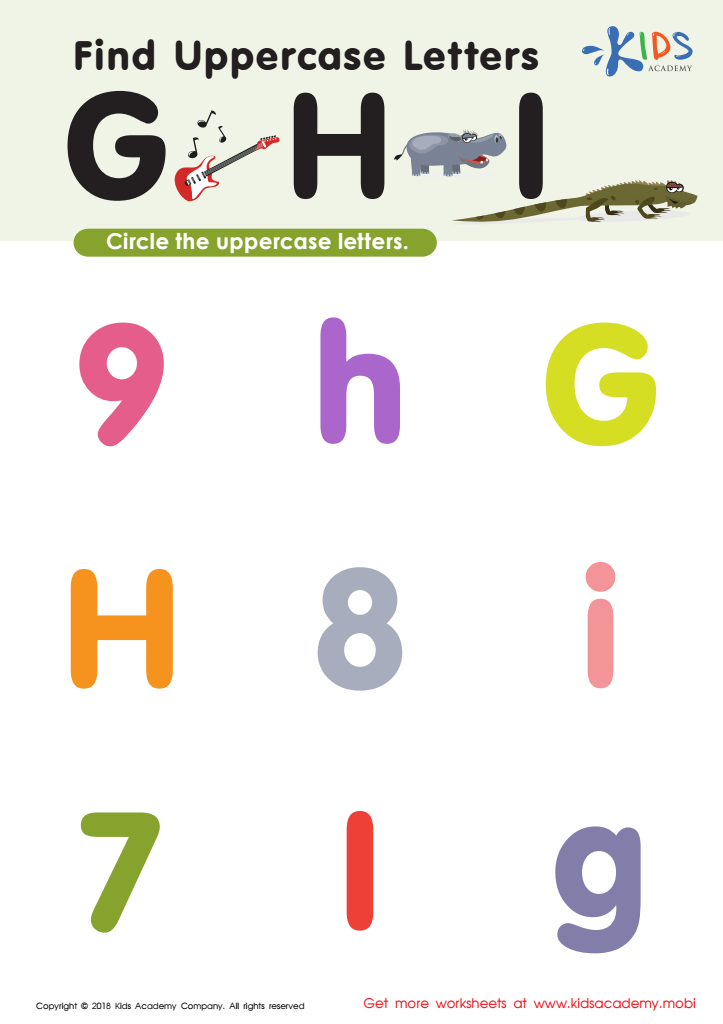

Find Uppercase Letters G, H, and I Worksheet


Uppercase Letters Maze Worksheet


Find Uppercase Letters Worksheet


Find Uppercase Letters J, K, and L Worksheet
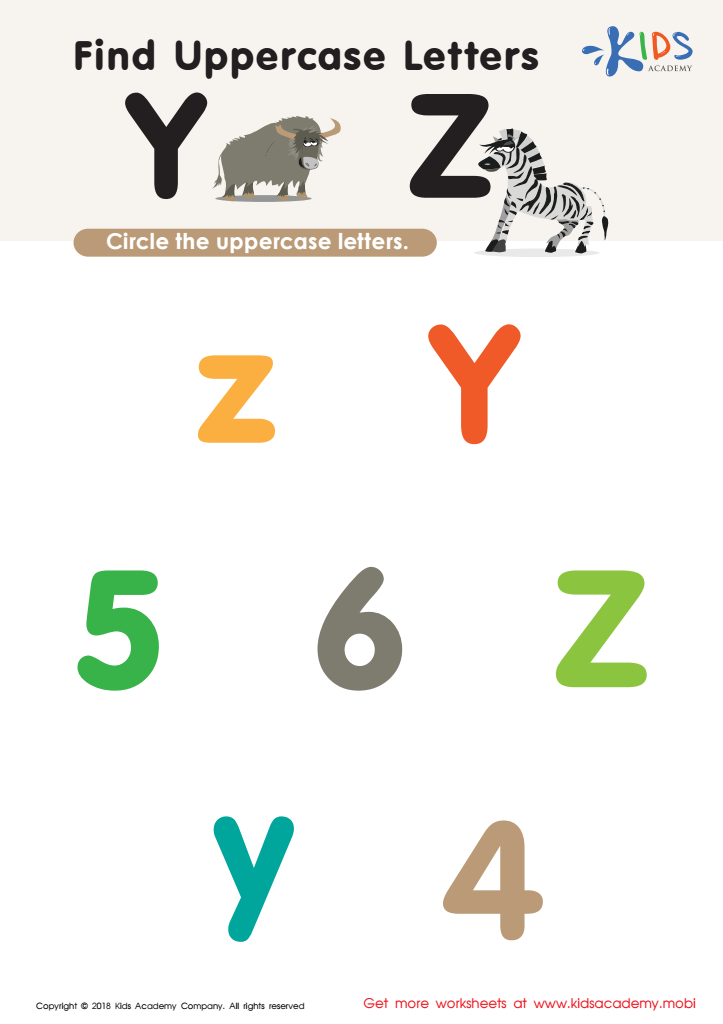

Find Uppercase Letters Y Z Worksheet
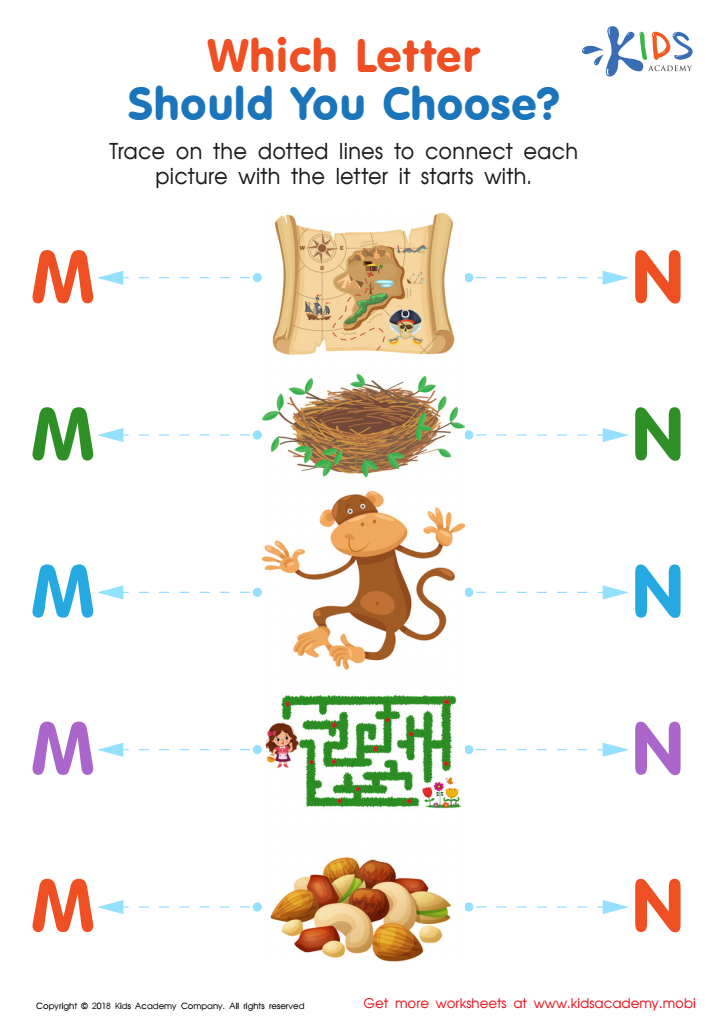

Which Letter Should you Choose? Worksheet


Find Uppercase Letters A, B, and C Worksheet


Find Uppercase Letters V, W, X Worksheet
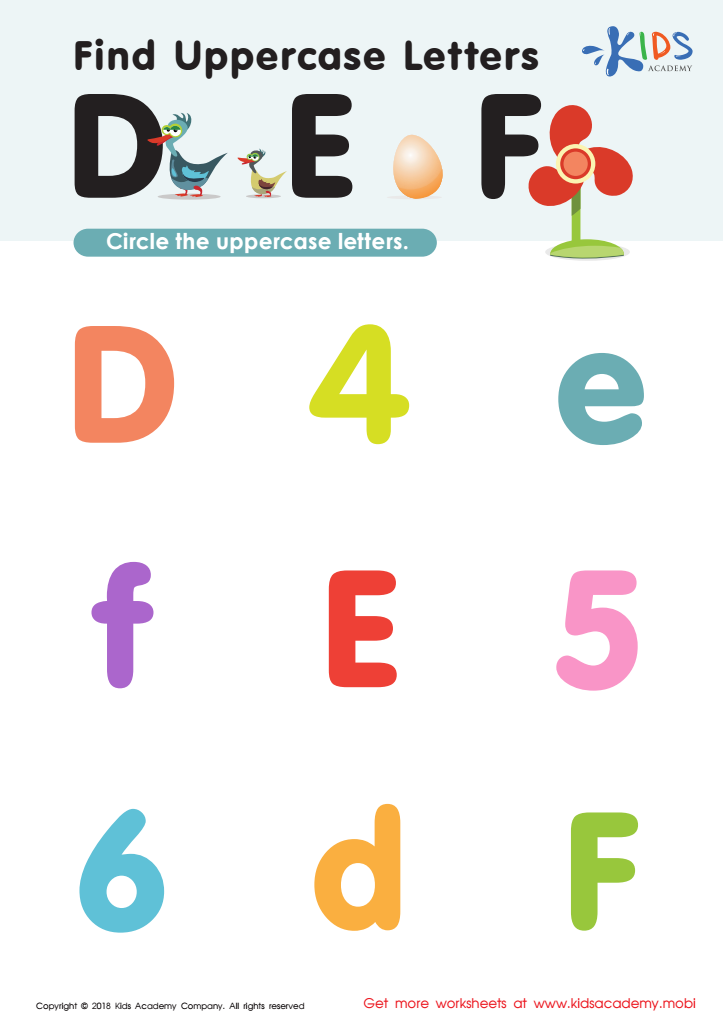

Find Uppercase Letters D, E, and F Worksheet
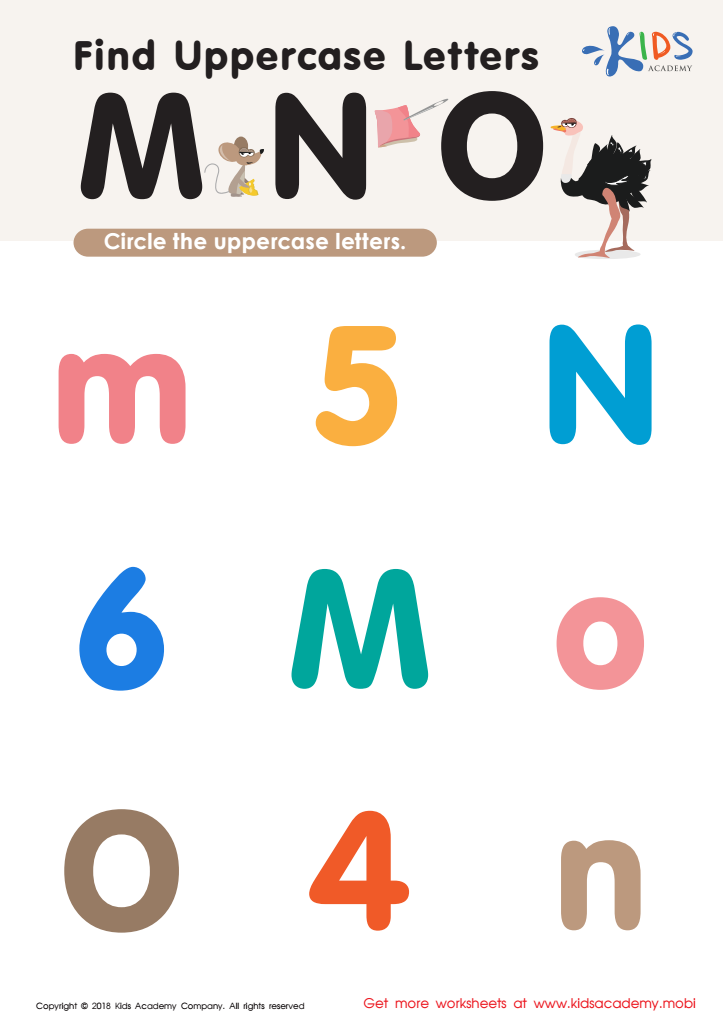

Find Uppercase Letters M, N, and O Worksheet
Letter recognition, particularly of uppercase letters, plays a vital role in early literacy development for children aged 5-8. This foundational skill is crucial because uppercase letters are prevalent in various contexts, from book titles to street signs, making them essential for reading and writing experiences. When children recognize uppercase letters, they’re better equipped to decode words, understand sentences, and eventually, to read fluently.
Additionally, uppercase letter recognition aids in developing writing skills. Children begin to form letters and words using uppercase letters, which helps facilitate the transition to writing lowercase letters. Recognizing these letters can also enhance children’s confidence, making them more engaged in written activities.
Moreover, letter recognition sets the stage for successful vocabulary acquisition. By identifying letters, children can connect sounds to their corresponding symbols and start developing an understanding of phonics. This understanding ultimately enhances their ability to sound out and understand new words.
For parents and teachers alike, fostering uppercase letter recognition through playful activities and targeted instruction is thus essential. It lays the groundwork for effective communication, enhances decoding skills, and promotes a lifelong love for learning and literacy. This skill is not just about reading and writing; it empowers children for academic success.
 Assign to My Students
Assign to My Students












